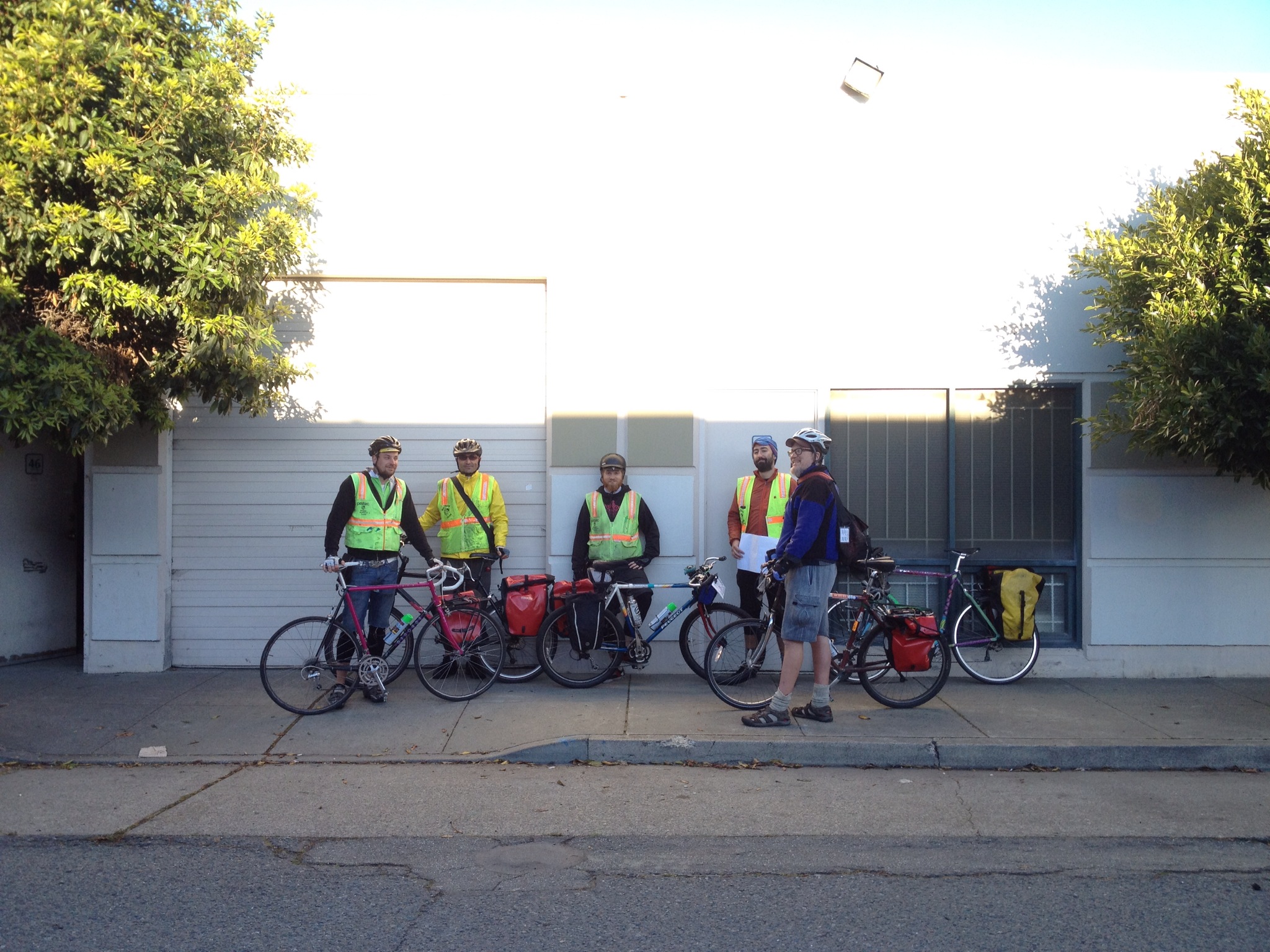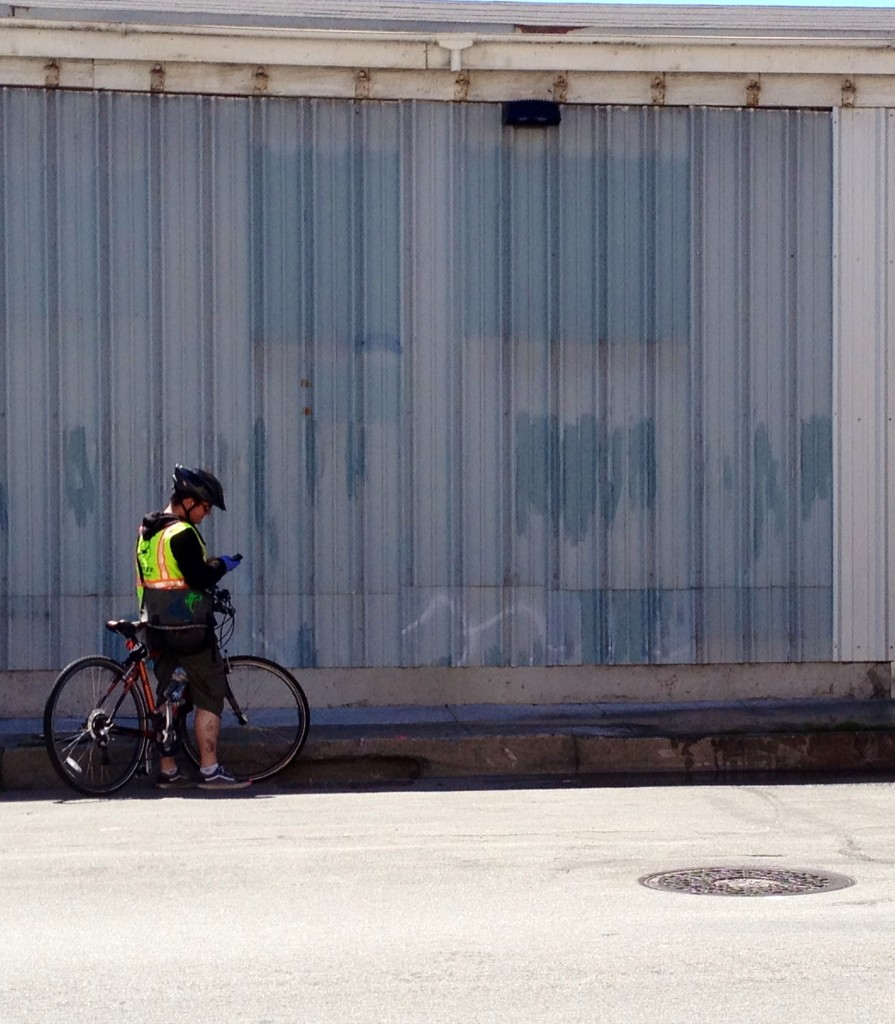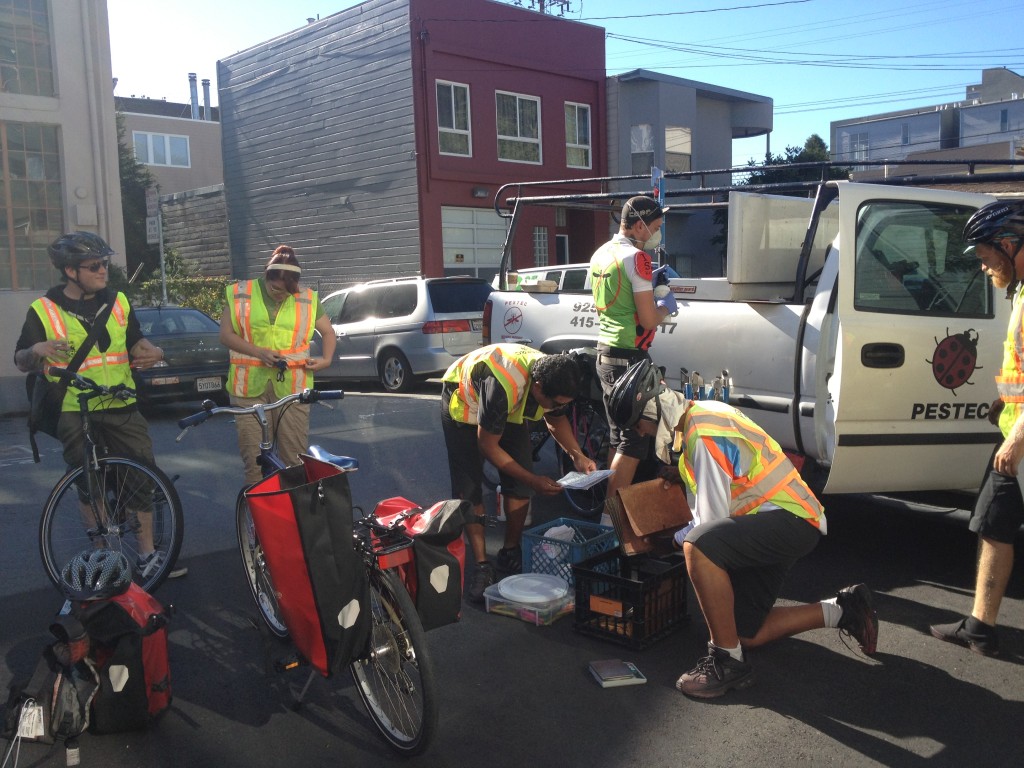2013 San Francisco Mosquito Abatement Season is Underway

By Howard Williams, Veteran MAC Team Member

San Francisco’s eighth mosquito abatement season began on February 20th, 2013, over a month ahead of last year’s schedule when operations started in late March. And this early start is desirable as 2012 saw a resurgence of West Nile Virus (WNV) after almost a decade of decline in the Bay Area and the nation. The Center for Disease Control reported that 2012 saw at least 5,674 cases nationwide that caused 286 deaths. This is one case per approximately 55,500 people in America or one in every medium size American town. The CDC confirmed that 2012 was the worst year for WNV since 2003. The resurgence of WNV showed the practical necessity of Integrated Pest Management (IPM), especially its emphasis on prevention. Failure to provide preventive IPM measures forced many locales to later resort to spraying high risk pesticides. In Texas, hard hit Dallas used aerial spraying for the first time in nearly 50 years.
Texas suffered more cases and deaths than any other state in 2012, in part because mosquito abatement districts in Dallas and other places neglected to use prevention tactics and other IPM methods. Most Bay Area mosquito abatement programs used IPM and thus avoided aerial spraying, although the WNV threat in Contra Costa County compelled that area to use truck spraying late in the season.
In San Francisco, Pestec’s mosquito abatement courier (MAC) team again held the 2012 WNV threat at bay. However, even here, in August, one resident did become the City’s first reported WNV case since 2005. Fortunately, he survived but not before requiring hospitalization. Still, with only one case in a city of over 800,000 residents, San Francisco’s WNV rate was far below the national average of one case per 55,500 people.
Despite the local and national resurgence of West Nile Virus, the nation’s ongoing economic crisis has again forced San Francisco’s local government to cut the City’s mosquito abatement program for 2013. In fact, the program has been suffering cuts for the last five fiscal years and is now operating at only two-thirds of the budget for the City’s original 2005 mosquito abatement program (SF Public Utilities Commission Wastewater Enterprises Integrated Pest Management).
Pestec has responded to these cuts by laying off one third of the MAC crew and by using more effective and economical methods for applying mosquito larvicide. But ultimately, the MAC team knows that for us to maintain the standards that have kept San Francisco almost completely free of WNV for nearly a decade, each of us will have to be more productive.
And so far, we have done just that. Last season we began to use a support van as a mobile base so that we could start our routes closer to our assigned neighborhoods. The van uses solar energy to charge our phones and other communication equipment and even our coffee maker. And by routing ourselves better, we’ve been able to complete our opening three “rounds” (a round is a circuit of the entire City) on time.

Each member of the 2013 MAC team is a returning veteran of previous seasons with two of us starting our sixth year. The 2013 crew is probably San Francisco’s most experienced and knowledgeable mosquito abatement team ever. To further improve our effectiveness, we have changed our rounds from beginning in the City’s northern neighborhoods to starting in the southeast and moving clockwise around San Francisco. By starting along the City’s only land border, we are cutting off a mosquito migration route while also working the Lake Merced area, home of San Francisco’s largest mosquito population.
As serious as our work is, it remains enjoyable. As the team has moved across San Francisco in the opening rounds, we’ve noticed various signs of spring. Wild lilac, golden poppies and blue lupines have added color throughout the City. Plum trees have signalled their presence, first with off white blossoms, then with buds that unfurled purple leaves. As in past years, these trees will soon offer us healthy snacks on the job. And animals have become energized by the spring weather. The same day that a coyote loped across a high school campus, a MAC cyclist saw a quail and a garter snake on the slopes above Glen Canyon.
On most occasions, our response to these natural phenomena is strictly aesthetic. Like most people, we enjoy the sight of an animal dashing freely across an open space or spying the vivid color of a patch of flowers set among green grasses. But nature is part of our work, too. A few days ago, a veteran MAC rider saw a green clump of sedge on some pavement. He remembered that sedges are thirsty plants and he parted the stems. Sure enough, the sedge was perched atop a catch basin full of stagnant water. He dropped a packet of mosquito larvicide into the water.
At another location, a MAC rider released “mosquito fish” into a small pond to combat an infestation of mosquito larvae. In seconds, the minnows finished off the larvae.
The 2013 mosquito abatement season faces many challenges. But we have surmounted the initial hurdles and are in a secure position to complete a successful season.
MosquitoSF.com is the offical page of the San Francisco Mosquito Abatement Courier (MAC) Team.
The MAC Team is made possible by SF Water and Pestec Integrated Pest Management.